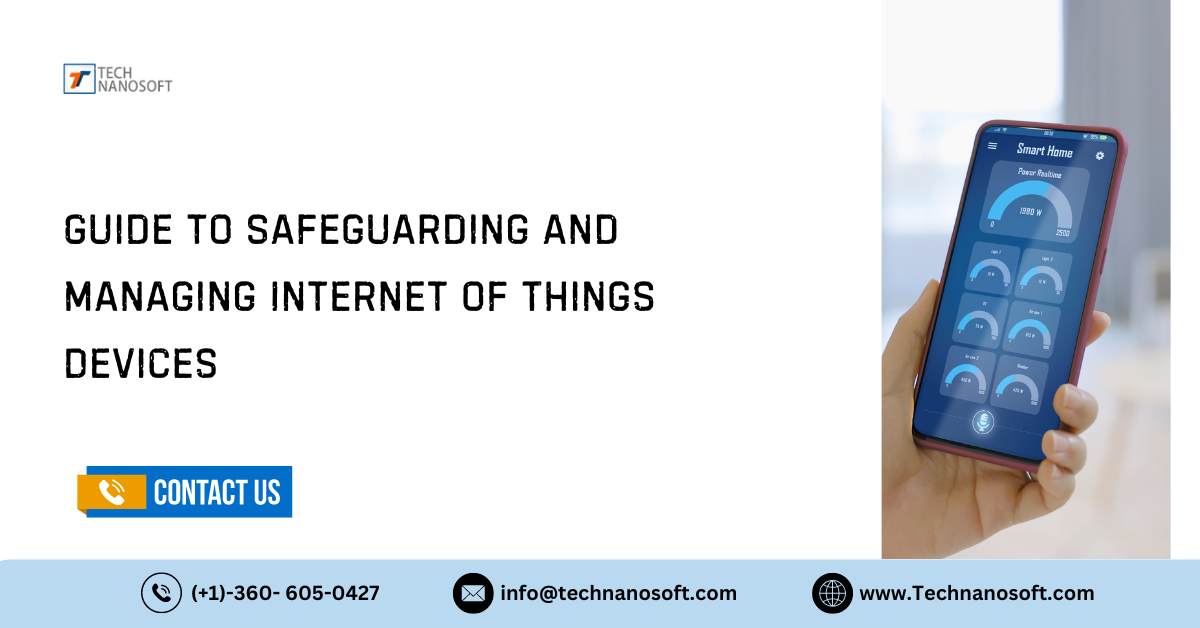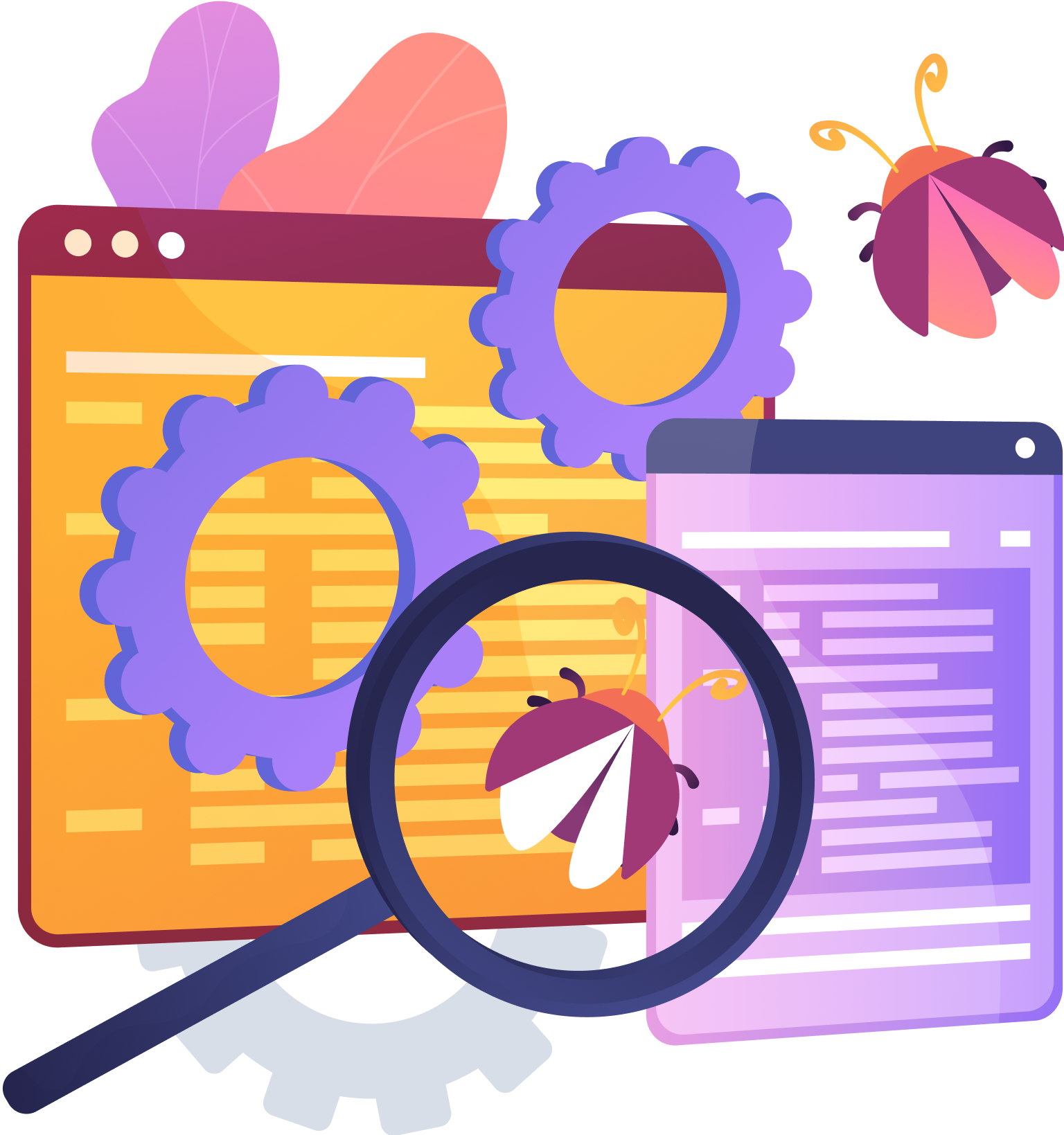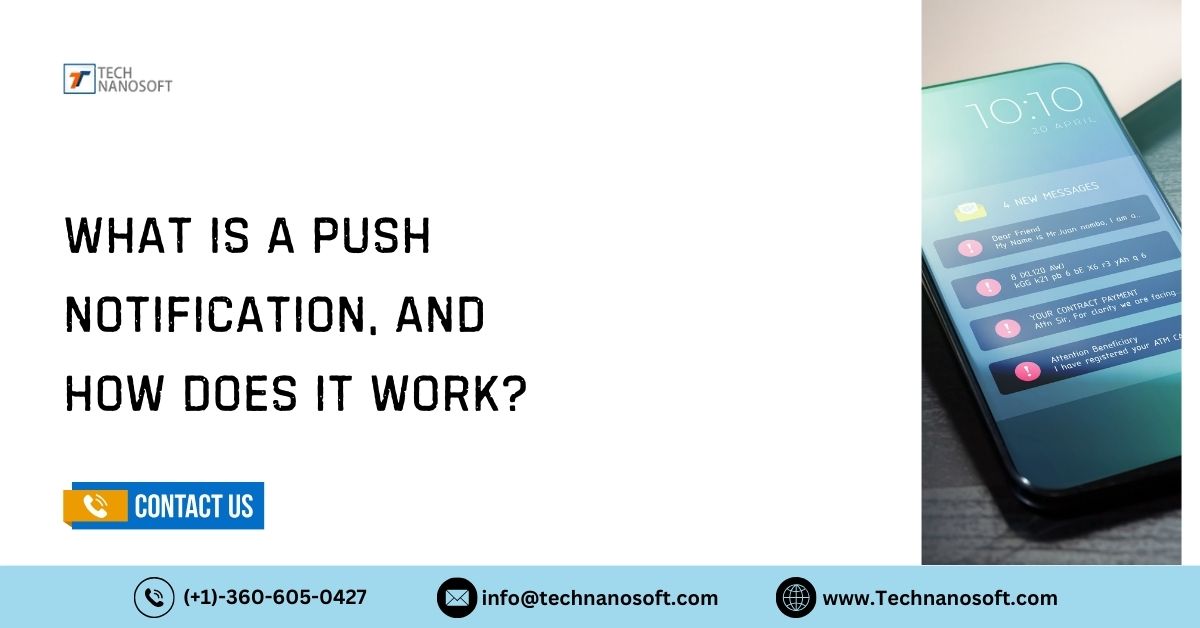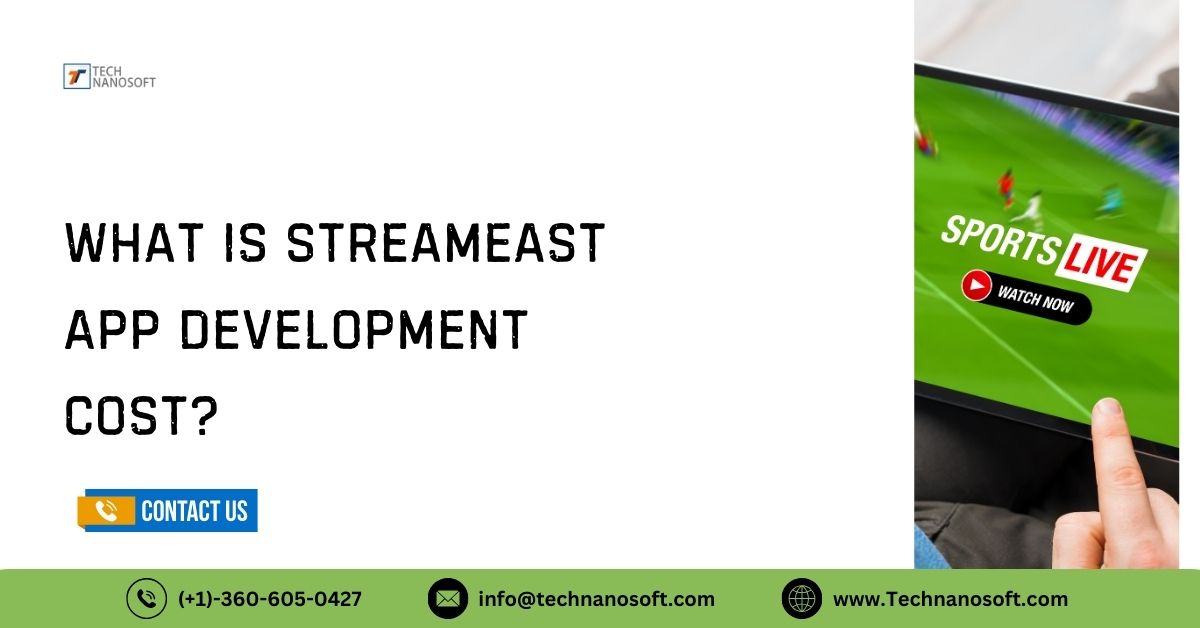Guide to Safeguarding and Managing Internet of Things Devices

The Internet of Things (IoT) has emerged as a disruptive force in the ever-evolving technology landscape. It connects everyday objects to the internet in an effortless manner, enhancing their functionality and user experience. Understanding the core elements of IoT is essential to navigating its depths. IoT devices, which can be anything from industrial machinery to domestic objects, are equipped with sensors and internet connectivity to enable easy data sharing.
The fundamental idea of remote access ushers in a period of unmatched accessibility by enabling users to monitor and operate these gadgets from anywhere in the world. Robust IoT platforms such as AWS IoT and Microsoft Azure IoT serve as prime examples of the software that powers device control in this networked world.
Recognizing Internet of Things Devices
IoT devices are essentially everyday objects that have been carefully weaved with software, sensors, and network connectivity to create a tapestry that makes data collection and exchange effortless. This broad category includes a wide range of products, such as wearable technology and smart thermostats, as well as complex industrial machines.
These gadgets which serve as technology enablers, are more than just useful tools. they boost productivity, automate processes, and reveal insightful information by utilizing data analytic. Fundamentally, they transcend their material forms to become essential parts of an interconnected environment, indicating a time when commonplace items will develop into intelligent conduits for increased efficiency and improved user experiences.
What is IoT Remote Access?
Building on the notion of remote access in the context of IoT, it refers to the ability to monitor and control devices remotely, usually with the use of internet connectivity. This essential feature offers an unmatched degree of simplicity and accessibility by giving consumers the freedom to manage their IoT devices anywhere in the world. Even with the revolutionary benefits, the ease of use of remote access calls for a careful attention to security.
It becomes crucial to take precautions against potential threats like illegal access or data breaches. Therefore, while people welcome the convenience of having remote control over their IoT devices, a concurrent focus on strong security protocols guarantees that this newfound luxury stays a dependable and secure feature of the networked technological environment.
IoT Device Control Software Solutions
There is no shortage of software solutions available for controlling Internet of Things devices. Some of the most popular ones are IoT platforms such as Microsoft Azure IoT, Google Cloud IoT, and Amazon IoT. These systems are distinguished by their extensive toolkits, which provide strong device management capabilities, efficient data processing, and smooth remote access.
These solutions, which are well-known for their scalability and dependability, serve as the foundation of the Internet of Things and enable users to effectively manage and traverse their networked devices. These platforms continue to play a crucial role in creating a linked ecosystem that allows IoT devices to be fully utilized as technology develops.
A Step-by-Step Guide To Remotely Accessing an IoT Device
Step.1- Device Configuration
Begin your remote access journey by carefully setting your IoT device. This includes configuring critical network parameters and putting in place effective security protocols. A properly configured device is the basis for safe and efficient remote connectivity.
Step.2- Choose a Platform
Choose a dependable IoT platform that is adapted to your individual requirements. Choosing the correct platform is critical, whether it's AWS IoT, Google Cloud IoT, or Microsoft Azure IoT. To achieve easy integration with your IoT ecosystem, consider variables like as scalability, compatibility, and tool sets.
Step.3- Establish a Connection to The Cloud
Create a secure connection between your IoT device and the cloud platform of choice. This link is used for remote access, stressing the significance of encryption and safe data transmission.
Step.4- Configuration of Remote Access
Configure remote access settings on your IoT platform of choice. Secure authentication mechanisms, such as multi-factor authentication, should be prioritized to reinforce access points and prevent illegal entrance.
Step.5- Policies for Access Control
Implement strict access control restrictions to limit who can control and monitor the IoT device remotely. This layer of protection ensures that only authorized users can interact with the device, reducing the danger of potential breaches.
Step.6- Analyze and Monitor
Monitor and analyze the data collected by your IoT device on a continuous basis. This proactive strategy allows for the discovery of possible faults as well as performance optimization, assuring the smooth operation of your remotely accessible IoT environment.
Providing Safe Remote Access to IoT Devices
The Remote access security is critical in the IoT ecosystem. The following are critical procedures to ensure the safety of your IoT devices:
Reliable Authentication: Use multi-factor authentication as a strong safeguard to ensure that only authorized individuals have the credentials needed for remote access and control of IoT devices. This extra layer of security greatly improves protection against illegal entry.
Secure Connections: End-to-end encryption should be used to protect data sent between the IoT device and its remote access point. This cryptographic safeguard ensures that sensitive information stays secure and private during the communication process.
Consistent Software Updates: Maintain maximum security by regularly updating both the firmware and the controlling software of IoT devices. Regular upgrades are required to quickly patch vulnerabilities and strengthen the defense against possible security threats.
Network Division: Improve infrastructure security by connecting IoT devices to a dedicated network. Network segmentation reduces the possible impact of a security breach by separating IoT devices into their own enclave, preventing unauthorized access to vital systems.
Monitoring and Auditing: Create a diligent system of audit logs and constant remote access monitoring. Examine access records and device behavior on a regular basis to spot any anomalies or suspicious activity as soon as possible. This proactive strategy is critical for quickly identifying and addressing possible security vulnerabilities.
IoT Device Security
The unwavering commitment to security is critical in the ever-expanding IoT ecosystem, where the number of connected devices is exponential. This common obligation extends to manufacturers, developers, and end users alike, mandating a concerted effort to construct an IoT ecosystem that is both resilient and safe. The path to security begins with thorough device authentication, which ensures that only trusted entities are granted access.
Furthermore, encryption becomes a critical component, ensuring the integrity of data shared inside the interconnected web of devices. This holistic approach to security, encompassing authentication, encryption, and beyond, is not only a present-day requirement, but a visionary essential for the long-term viability and growth of IoT technology.
IoT Security Best Practices
Standards For Collaborative Security: Encourage industry participation in developing and adhering to stringent security standards. A collaborative effort within the IoT sector ensures the development and implementation of robust security mechanisms capable of withstanding emerging threats, hence generating a more resilient and secure environment.
Compliance With Regulations: Maintain awareness of, and adherence to, existing and upcoming IoT security regulations. Keeping up to date on regulatory regulations ensures that IoT practices adhere to legal norms, reducing potential risks and liabilities.
Training on a Regular Basis: Regular training sessions on the latest security threats and preventive measures should be provided to developers, administrators, and end users. Education is an important line of defense, increasing awareness and responsiveness to evolving security threats.
Plan of Reaction to An Incident: To mitigate the effect of future security breaches, create a detailed incident response plan. Preparedness and quick action are critical components in limiting the consequences of security incidents and protecting the overall integrity of the IoT ecosystem.
Continuous Improvement: Create a culture of continuous improvement by analyzing and improving security measures on a regular basis. This proactive strategy guarantees that security protocols evolve in tandem with evolving threats, building a resilient and flexible IoT infrastructure.
READ ALSO - Top Terms Of the Internet Of Things That Will Excite You.
conclusion
The Mastery of IoT device control necessitates a comprehensive strategy that combines technological understanding, strategic implementation, and an unwavering commitment to security. The procedures and best practices provided here serve as a road map for users to fully realize the potential of IoT while also bolstering defenses against potential dangers.
As technology advances, the journey toward secure and effective IoT control remains a dynamic and ongoing process. Users lead the way for a connected future in which the revolutionary power of IoT may be exploited ethically and securely in an ever-changing world of technological innovation by embracing continual adaptation and awareness.
FAQ's For Control ioT Devices
Q.1. How to control iot devices ?
A- Control IoT devices by creating network segmentation and firewalls, as well as safeguarding access with robust authentication. Continuous network traffic analysis and logging are used to monitor device activities. Encrypt data during transmission to keep it safe. Adhere to data minimization guidelines and acquire user consent for data acquisition to ensure privacy. To ensure device security, update the firmware on a regular basis.
Q.2. How can I keep access to my IoT devices secure?
A- Implement robust authentication techniques, such as unique usernames and passwords, to ensure secure access. For an added degree of security, consider using multi-factor authentication.
Q.3. What steps may be taken to monitor and manage the activities of IoT devices?
A- Use continuous network traffic and device activity monitoring. Set up logging systems to record events, making it easier to discover unusual or suspicious activity. Use automated management solutions to manage firmware upgrades and fixes.
Q.4. How do I keep unauthorized people out of my IoT devices?
A- Use network segmentation to keep IoT devices separate from essential systems. To manage and monitor communication between devices and networks, use firewalls and access control lists.









